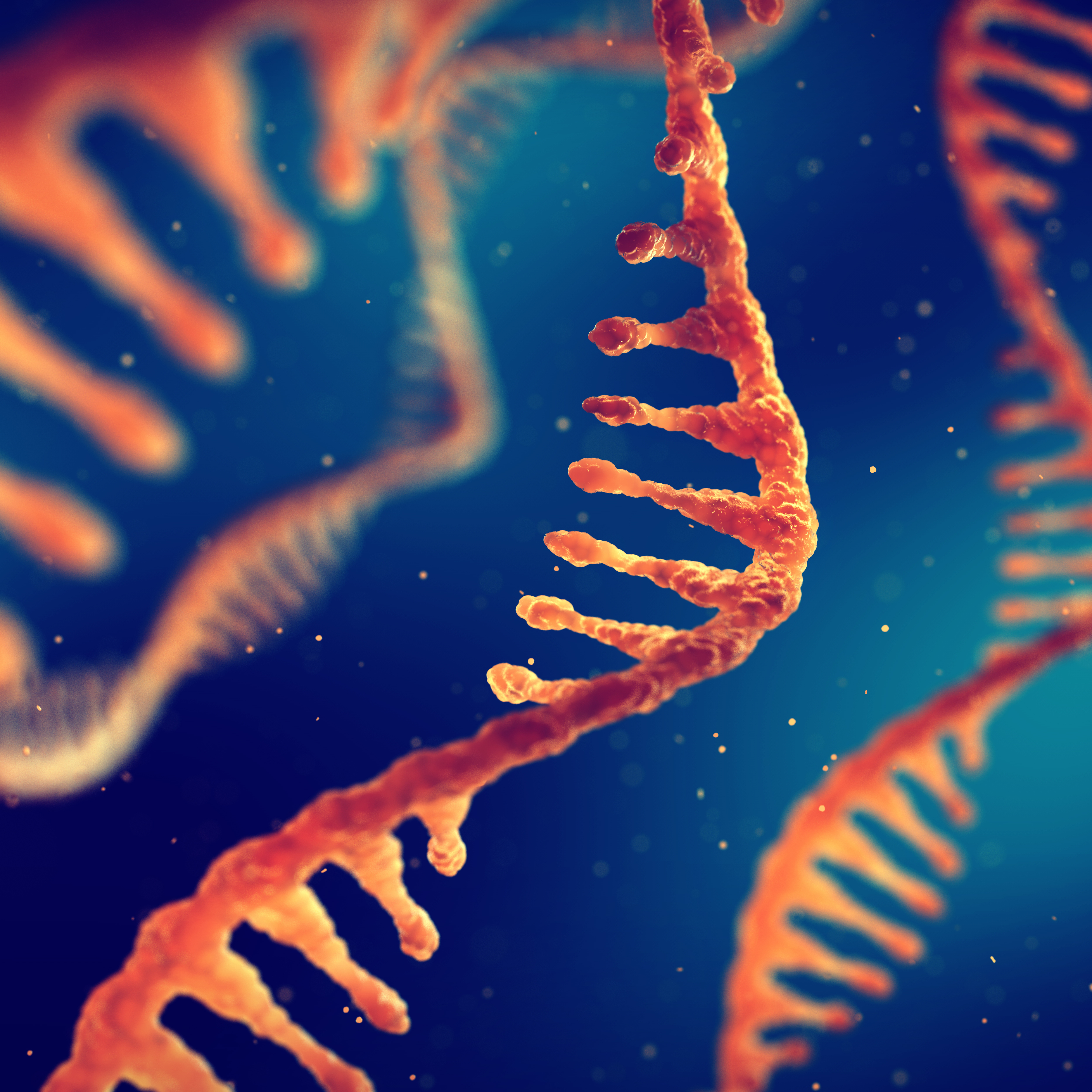• Adenovirus Service • AAV Service • Lentivirus Service • Retrovirus Service




The potential of mRNA therapy in vaccines, immunotherapy, protein replacement therapy, and gene editing has been clinically validated. However, the precise delivery of mRNA to target cells remains a critical bottleneck limiting its efficacy and safety. Recently, a team from Ghent University in Belgium published a study titled "Cell-specific mRNA delivery via nanobody-functionalized lipid nanoparticles" in the Journal of Controlled Release, proposing a novel lipid nanoparticle (mRNA-LNP) solution. This approach targets aminopeptidase N (APN) on the surface of intestinal epithelial cells using nanobody-functionalized LNPs, addressing both the issue of cell-specific mRNA delivery and overcoming the intestinal epithelial barrier.

Tumor cells exhibit remarkable adaptive capabilities under therapeutic pressure, a phenomenon scientifically termed cellular plasticity. Without relying on genetic mutations, they can alter their differentiation states to evade drug attacks and regain vitality. This survival strategy appears prominently in colorectal cancer treatment. Combined KRAS and EGFR inhibitor therapy has been regarded as a key approach to combat KRAS-mutant colorectal cancer. However, tumor cells still develop escape mechanisms to resist this dual suppression.

From CRISPR-Cas9 to prime editing, gene therapy has become increasingly precise. However, this precision has also introduced a paradox of "excessive specificity": to treat over 200,000 different pathogenic mutations, we would need to develop thousands of distinct drugs, a nearly insurmountable cost. Is there a universal strategy that could treat thousands of different genetic diseases with just one "drug component"?

Chimeric antigen receptor (CAR)-T cell therapy has revolutionized the treatment landscape for patients with hematological malignancies. However, its widespread application remains constrained by labor-intensive manufacturing processes, limited production capacity, and inconsistent clinical efficacy. In vivo CAR-T cell engineering, which generates CAR-T cells directly within the patient's body, eliminates the need for ex vivo cell processing and complex logistics while enhancing clinical outcomes, thereby addressing these challenges.

Recently, researchers have successfully developed an innovative big data platform called the "Cancer Immunology Data Engine (CIDE)." This platform integrates clinical outcomes from 5,957 cancer patients worldwide who received immunotherapy, covering a comprehensive multi-omics dataset of 17 cancer types and containing 8,575 tumor samples. The study has been published in the journal Cell.

CpG oligodeoxynucleotides (CpG ODN) are immunomodulatory synthetic oligonucleotides that specifically stimulate Toll-like receptor 9 (TLR9), inducing cellular and humoral immune responses to enhance the body's immune defense. After infection, pathogen-expressed evolutionarily conserved molecular structures can trigger innate immune responses. These structures are known as pathogen-associated molecular patterns (PAMPs) and are recognized by host TLRs. PAMPs such as lipopolysaccharides and lipoproteins are recognized by TLR4 and TLR2; bacterial flagellin by TLR5; double-stranded RNA (dsRNA) by TLR3; single-stranded RNA (ssRNA) by TLR7/8; and unmethylated CpG motifs present in bacterial and viral DNA by TLR9.

Human monoclonal antibodies are a diverse class of therapeutic drugs that, in theory, can target any protein with extremely high specificity, making them highly promising candidates for treating a wide range of diseases. Until recently, antibody development primarily relied on discovery-based experimental methods, typically involving screening human or animal samples previously exposed to the antigen target of interest. Even with significant improvements in the throughput of antibody discovery methods, this process remains laborious, slow, and cost-ineffective. The continued expansion of the therapeutic market and the scope of monoclonal antibody applications has increased the demand for computational tools that can accelerate and expand antibody discovery capabilities.

Globally, approximately one in six couples face infertility issues, with about one-third of these cases having no known cause. Although in vitro fertilization (IVF) has become a significant solution, the success rate remains around 30%, with embryo quality being a major limiting factor. Traditional views often attribute fertility problems more to women, but recent research has found that small RNA (sRNA) molecules carried by sperm are subtly influencing the ultimate fate of the embryo.

The 2025 Nobel Prize in Physiology or Medicine was awarded to Mary Brunkow, Fred Ramsdell, and Shimon Sakaguchi for their discovery and definition of regulatory T cells (Treg cells), revealing their importance in controlling autoreactive responses and pioneering the new field of Treg cell-mediated peripheral immune tolerance.

In the field of lung cancer treatment, targeted therapies against epidermal growth factor receptor (EGFR) mutations, such as third-generation EGFR tyrosine kinase inhibitors (EGFR-TKIs) like osimertinib, have brought about revolutionary breakthroughs.However, like many precision therapies, drug resistance remains a persistent problem. Although the initial efficacy is significant, tumor cells quickly enter a state of drug tolerance and persistence (DTP), or eventually develop complete resistance, leading to tumor residue and recurrence. This has become a major challenge for clinicians.